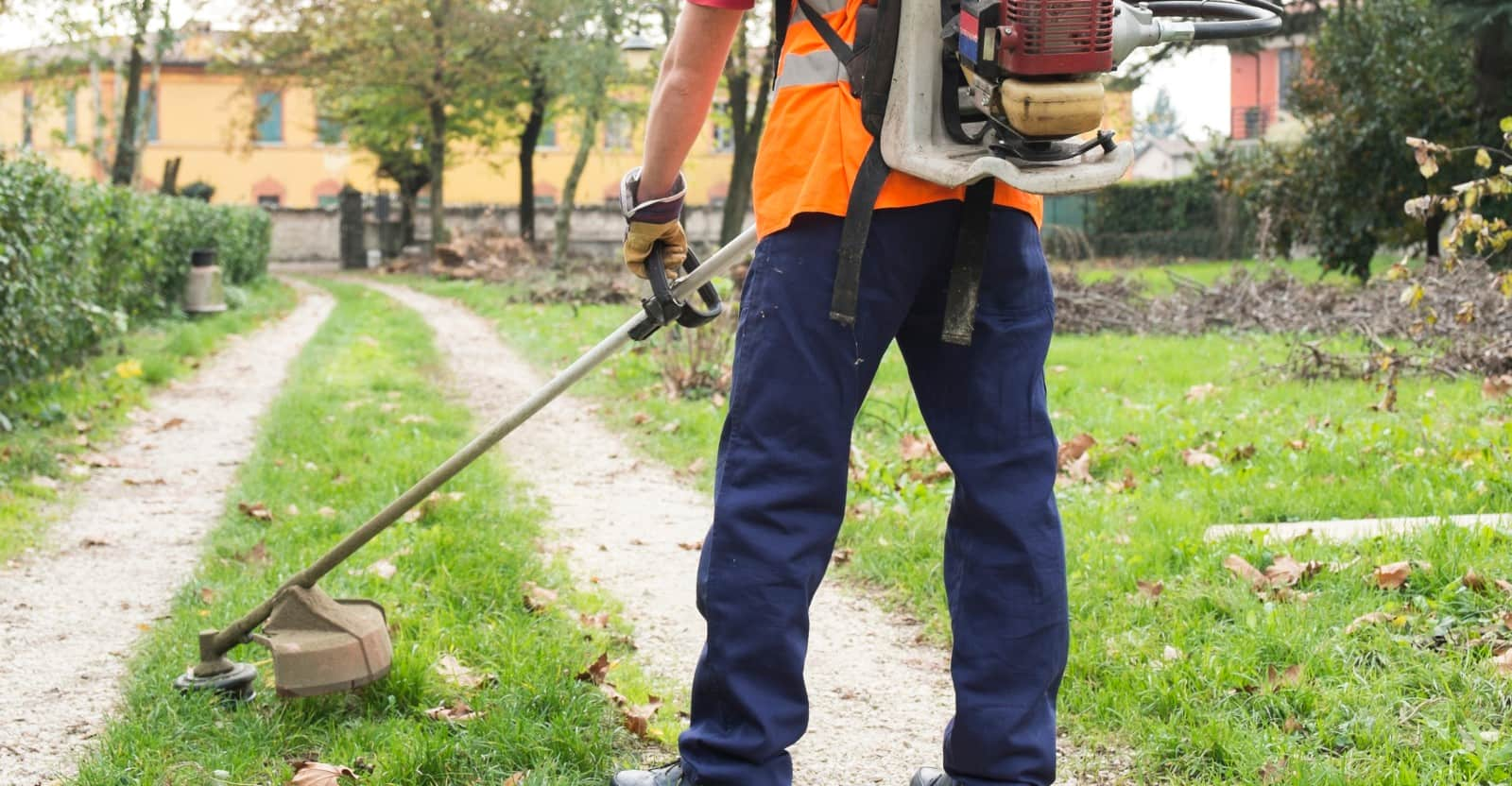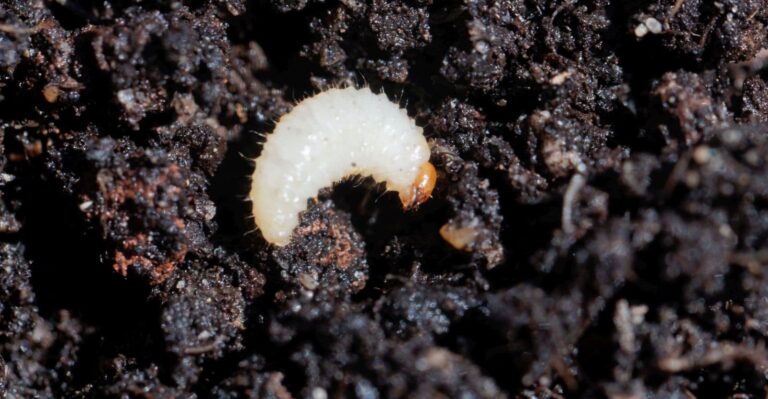Amazon has put together some great Home Gift Deals – save money and get your shopping done at the comfort of your home! Click here to see deals on Amazon
Weedeater is great for lawn maintenance, but getting it started may be a challenge for a new user. Starting it isn’t as much difficult if you follow the proper steps.
A gas engine or electric engine may power the weed eater. There are several different battery-powered and gas-powered weed eaters available in the market.
If you don’t know how to start a weed eater, we have covered it in detail.
Let’s get it started.
How to start a weed eater
You can power it either by a gas or electric engine. The gas-powered weed eater requires you to take specific steps before you can start it safely.
Here are the steps required to start a gas-powered weed eater.
Starting a Cold Engine:
Step 1: Place the weed wacker on a flat surface free from any obstruction.
Step 2: Find the switch and move it away from the STOP position.
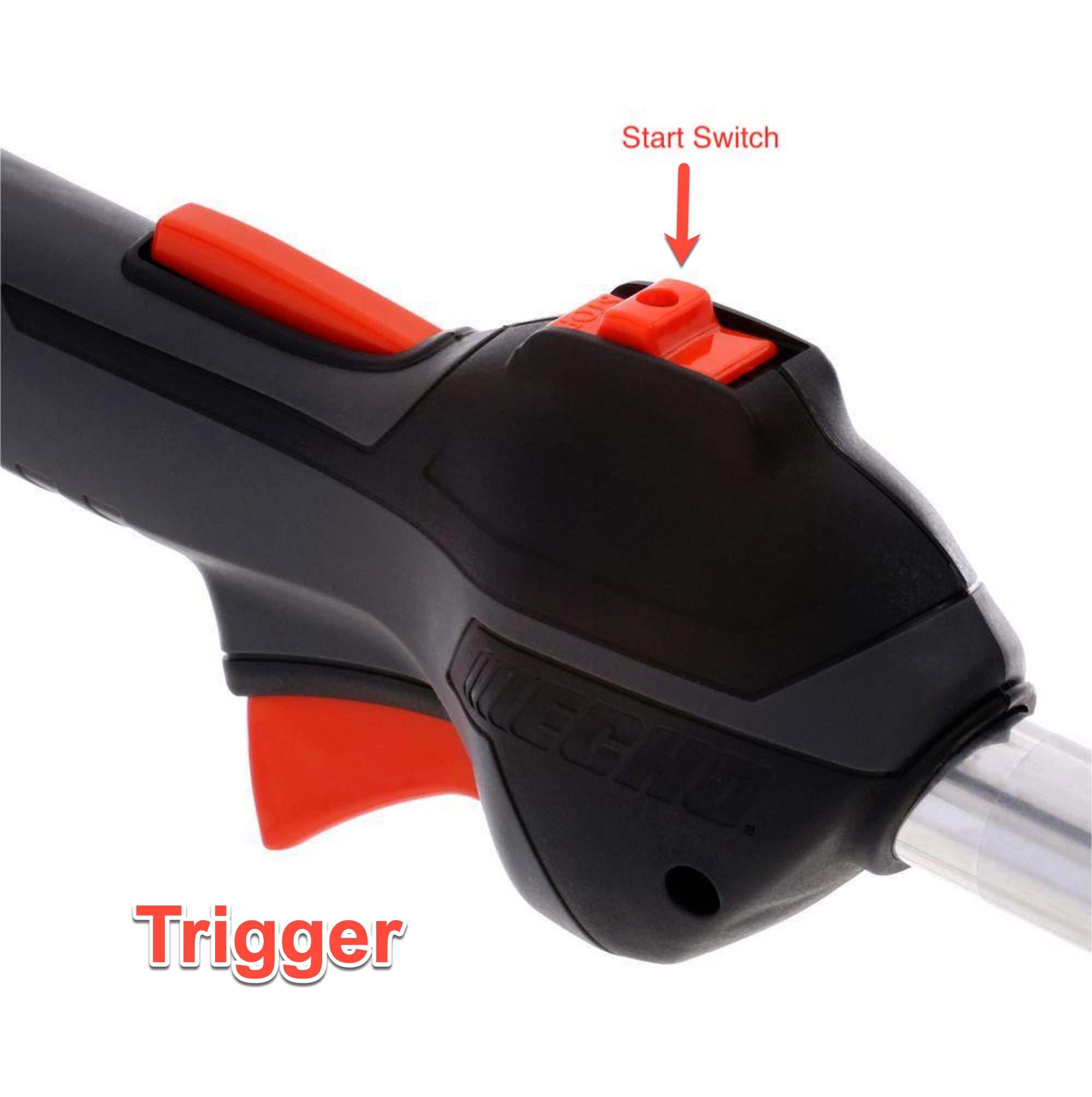
Step 3: Press the choke lever to COLD Start position.
Step 4: Use a purge bulb to pump fuel into the engine. Keep pumping until you can see the fuel in the pipe, and it flows freely in the clear fuel tank return line.

Step 5: Ensure the machine is lying flat on the ground, and there is no obstruction to it. You can then firmly hold the throttle handle and press fully the throttle trigger to a wide-open position.
Step 6: You can then gently pull the recoil starter handle/rope until the engine fires. You may have to pull it two to three times to engage the engine.
Step 7: After the engine has engaged, move the choke lever to the run position. Hold the throttle handle firmly and fully press the throttle to a wide-open position.
Gently pull the start engine/rope until the engine starts running smoothly. Release the throttle trigger and let it run for several minutes to warm up.
Step 8: After the engine has warmed up, grip the throttle and support handle and slowly depress the throttle trigger to increase engine RPM to operating speed.
Starting a warm engine:
The starting of warm engine procedure is the same as cold start except you DON’T need to close the choke, and don’t depress throttle trigger to a wide-open position.
Here is a short video on how to start a weed eater.
How to stop the weed eater
After you have finished the lawn maintenance task, you may need to turn off the engine.
Here is how to stop it:
Step 1: Release the throttle and allow it to slow down and let it become idle before shutting off the engine.
Step 2: Gently move the switch to the STOP position.
Note:
If the engine doesn’t stop after moving the stop switch to the off position, move the choke to the cold start position. This causes the engine to stall. You may have to get your weeder checked to identify any issue with the stop switch.
How to start a cordless and corded weed eater
If you’re using a cordless weed eater, you must first install the battery pack in the powerhead. Make sure it’s fully charged and fitted correctly in the power head’s battery pack.
If you’re using a corded weed eater, ensure it’s plugged in correctly into the electrical outlet. Also, check the wire is free to move.
To Start:
- Press and hold the trigger lockout
- Depress the switch trigger to start the engine.
To Stop:
- Release the power switch trigger to stop the powerhead
- If the battery needs charging, press and hold the battery latch button at the bottom of the battery pack
You may have to look at the owner manual to find the correct way to remove the battery. You can then put the battery on a charger.
The above starting steps can be used to start Stihl weed wacker, Echo weed eater, Craftsman weed eater, Husqvarna weed eater, and Homelite weed wacker.
How to start a weed eater that has been sitting?
This issue occurs more frequently for a gas-powered weed eater than an electric weed eater. When the gas weeder has been sitting for too long and not properly lubricated, the engine gets stuck and becomes hard to move.
Moreover, the old oil, additives, and gasoline don’t hold well when they remain stationary for a long time. After a while, the fluid’s chemical composition changes, and corrosion sets in various parts of the engine.
If you have to store the weeder for a longer time, you should empty the fuel tank and clean it properly.
Follow these steps when you need to get started with a weeder that has been sitting for a while.
Check the fuel
Look at the gas tank, and if it has any leftover fuel more than 90 days old, it’s time to remove it and fill it with fresh gas.
Replace the filters
Check the air filter and fuel filter and clean it up to remove any specks of dirt or debris. Pay close attention to the fuel filter, as you may have to replace it after the weeder has been sitting for a while.
Check the Spark Plug
Spark plugs often get carbon deposit build-up. You can remove the spark plug from the gas engine with a wrench and check the rim below the spark plug cap for any build-up.
If it looks black and dirty, clean it with a rough cloth or gently with a wire brush.
Most often, you should be able to troubleshoot any problem arising when starting a weeder that has been sitting for a while.
What are the reasons for a weed eater to not start?
There may be several reasons for the weed eater not to start. You can begin with the necessary troubleshooting steps to fix any starting problem.
Here are some reasons that weed eaters won’t start and how to fix it.
Fuel: Depending on the type of gas engine, if it’s a two-stroke engine, you may have to mix it with oil to operate it properly.
Most gas weeder requires a 40:1 or 50:1 to gas to oil ratio. For example, for 1 gallon of gas, you may have to add 2.6 Oz oil. Also, ensure that fuel is good quality and free from dirt and debris.
Spark Plug: The spark plug burns the fuel that powers the weed eater. It’s also one of the most common failure points in starting a gas weeder.
A dirty spark plug prevents the consistent spark needed to burn the fuel. Fortunately, this is an easy fix, and you can remove it and clean it with a rough cloth or wire brush. If it has worn out, you may have to replace it.
Carburetor: The carburetor in the gas engine regulates the air and fuel mixes so it can burn cleanly. The clogged carburetor may cause the starting problem and degrade the performance of a gas weed eater or lawnmower.
Electrical Issue: If you’re using an electric weed trimmer and it won’t start, then check that the cable is connected securely to the wall outlet, and there is power. You can plug it into a different outlet and test if it works.
If you’re using a cordless weed trimmer, then ensure the battery is fitted correctly and fully charged.
Here is a summary of engine problem and troubleshooting steps for the Echo Gas weeder:
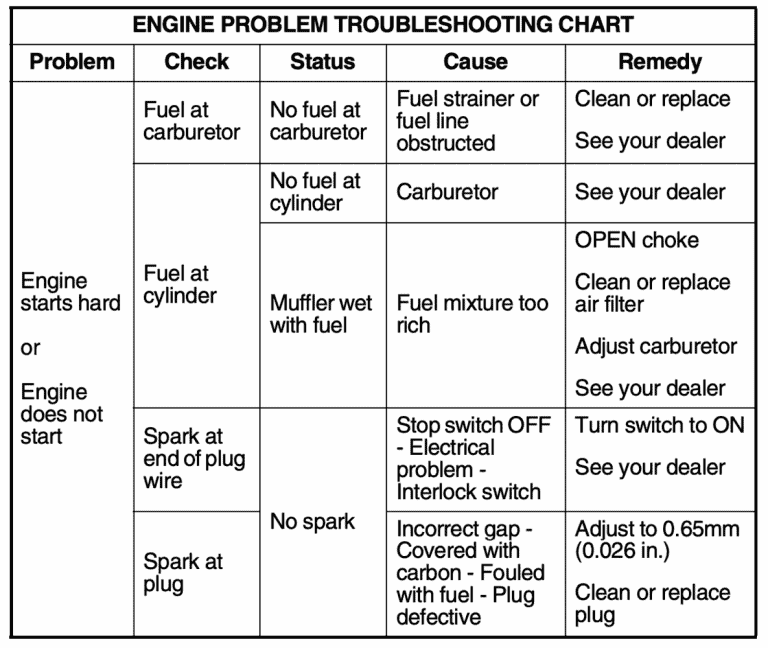
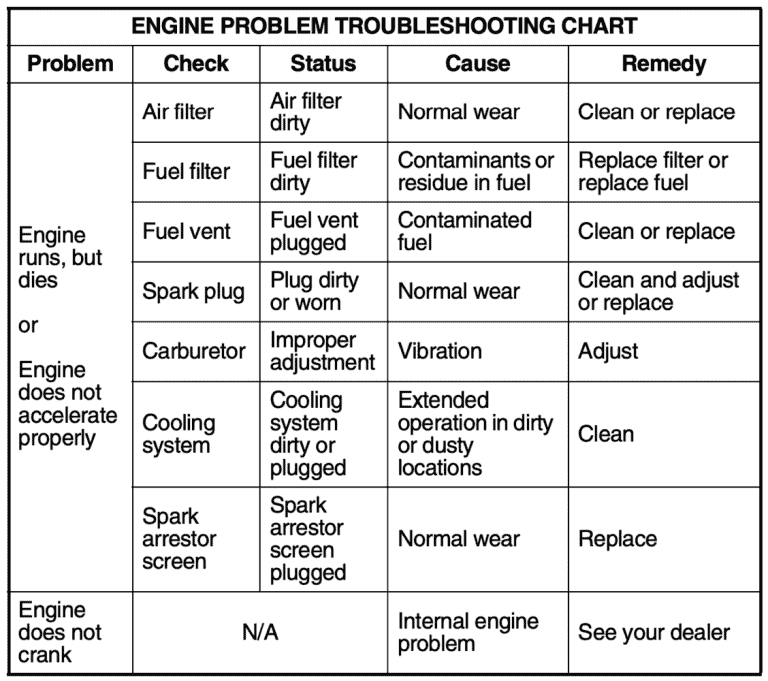
In Conclusion
There is no doubt that a weed eater is a handy gardening tool. Gas and electric weed eater has their pros and cons. You should first decide your needs and choose the right weeder for your lawn.
The gas weeder is more powerful but needs a bit more care and maintenance. The electric weeder is easy to start but has its limitations. You can follow the above steps to start a weed eater and make your yard look outstanding.

Don’t forget to share this post

